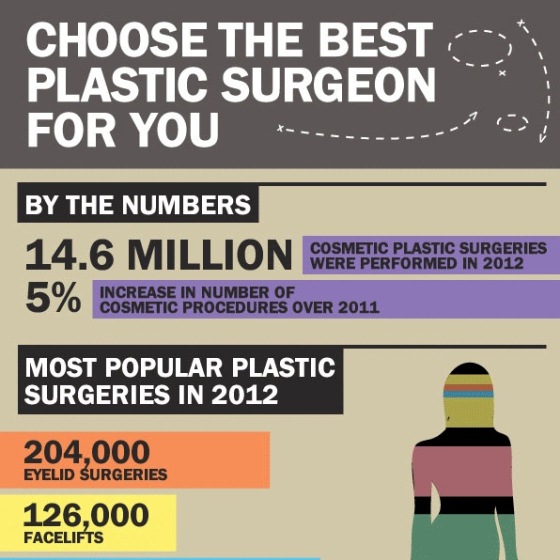Hormonal Acne - What is Hormonal Acne?
Hormonal acne is characterized by clogged pores and oily skin that generally appears on the chin and jawline. It takes place when hormonal changes trigger swelling and microbial overgrowth within hair follicles.
Outbreaks might look like whiteheads, blackheads, papules or pustules and cysts or nodules in more severe situations. It is a lot more usual in teenagers experiencing puberty but can affect adults of any type of age.
What Triggers Hormone Acne?
While acne can be triggered by a selection of variables, consisting of making use of hair and skin care items that aren't oil-free or made with active ingredients that can obstruct pores, hereditary proneness, diet,2 and stress, the root cause is fluctuating hormones. Hormone acne takes place when the body experiences hormone adjustments and fluctuations that bring about an overflow of sebum, which creates swelling, raised development of germs and modifications in skin cell activity.
Hormonal acne is typically discovered on the lower jawline, cheeks and neck but can appear anywhere on the body. It is characterized by blemishes that are cystic, unpleasant and filled with pus or other material. It is also more likely to take place in females than males, specifically throughout adolescence, the menstruation, pregnancy or menopause.
Age
While numerous kids experience acne eventually during puberty, it can continue to torment grownups well right into their adult years. Referred to as hormonal acne, this form of breakout is tied to variations in hormonal agents and is normally most typical in ladies.
Hormonal acne occurs when oil glands produce too much sebum, which obstructs pores and catches dead skin cells. This causes the formation of blemishes, such as whiteheads, blackheads and papules, pustules, cysts or nodules, deep under the surface area.
This kind of acne frequently causes discomfort, soreness and inflammation. It may also be intermittent and show up around the exact same time each month, such as right prior to your duration starts. This is because degrees of women hormones like progesterone and oestrogen fluctuate with each menstruation.
Menstruation
Hormonal acne typically shows up in the reduced part of your face, along the jawline and cheeks, as whiteheads, blackheads or inflammatory pimples (pimples and cysts). It's more than likely to show up around the time when your menstrual cycle adjustments.
Particularly around ovulation, when estrogen and progesterone levels get on the surge, hormone fluctuations can create outbreaks. However it's click here also feasible to obtain acne at any type of point during your 28-day menstruation.
If you see that your hormonal acne flares up right prior to your period, try seeing when precisely this happens and see if it relates to the stages of your 28-day menstrual cycle. This will aid you identify the source of your skin troubles. For instance, you may want to service balancing your blood sugar level and eliminating high-sugar foods, or consider a prescription drug like spironolactone that can control your hormones.
Maternity
Growing a baby is a time of significant hormonal adjustments. For lots of ladies, this includes a flare-up of hormone acne. This kind of breakout normally begins in the initial trimester, around week six. It's caused by hormonal agent surges that promote sebaceous glands to make even more oil, which can clog pores and create more microorganisms to develop.
Outbreaks may additionally happen as a result of pre-existing conditions like polycystic ovary disorder, which can also be a concern during pregnancy and menopause. Additionally, some kinds of birth control pills (such as Ortho Tri-Cyclen and YAZ) can cause hormonal acne in some females.
Luckily, most acne therapies are "no-go" for pregnant ladies (including prominent acne-fighting ingredients such as isotretinoin and spironolactone). However if you can not stay clear of those frustrating bumps, your doctor might recommend dental erythromycin or cephalexin, which are risk-free during pregnancy.
Menopause
As ladies approach menopause, the estrogen degrees that caused their hormonal agent acne to flare up throughout puberty start to maintain and reduce. At the same time, however, a spike in androgens (likewise known as male hormonal agents) occurs since these hormones can't be exchanged estrogen as effectively as previously.
The unwanted of androgens can activate oil production by the sweat glands, which clogs pores. When the stopped up pores become irritated and aggravated, a pimple types.
Hormonal acne is usually seen on the face, specifically around the chin and jawline, however it can take place on the neck, back, shoulders, or chest. This kind of acne often tends to flare up in a cyclical pattern, comparable to the menstrual cycle. Tension, which raises cortisol and throws hormonal agents out of equilibrium, also adds to the outbreaks.

Comments on “How To Test For Skin Allergies To Acne Products”